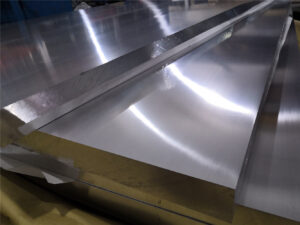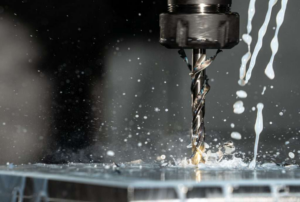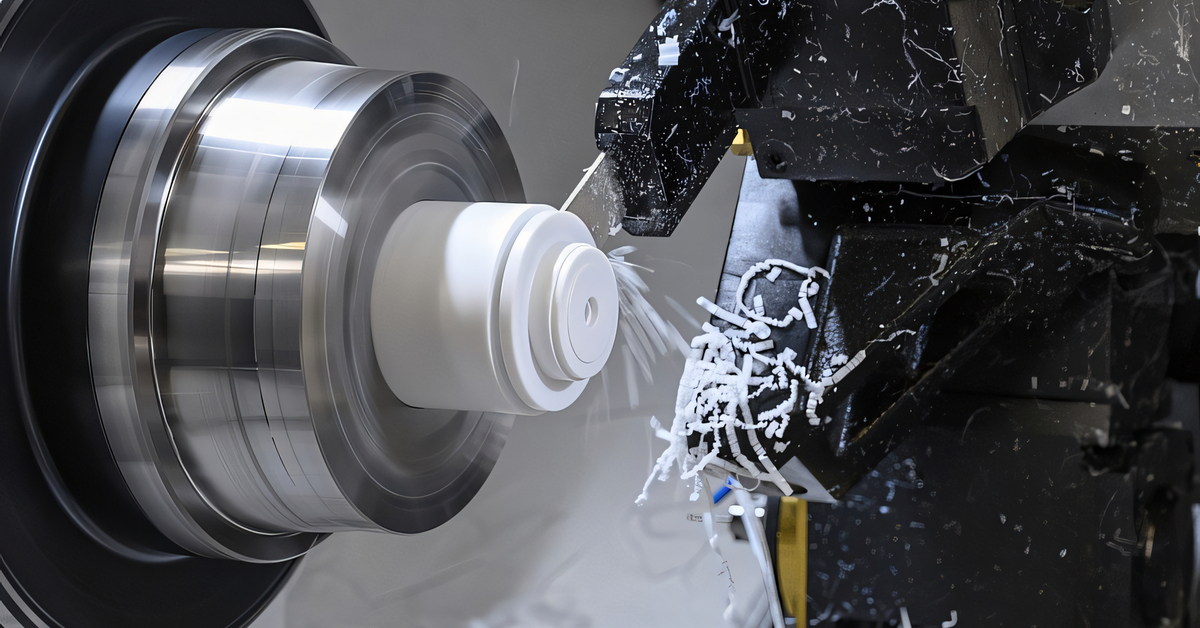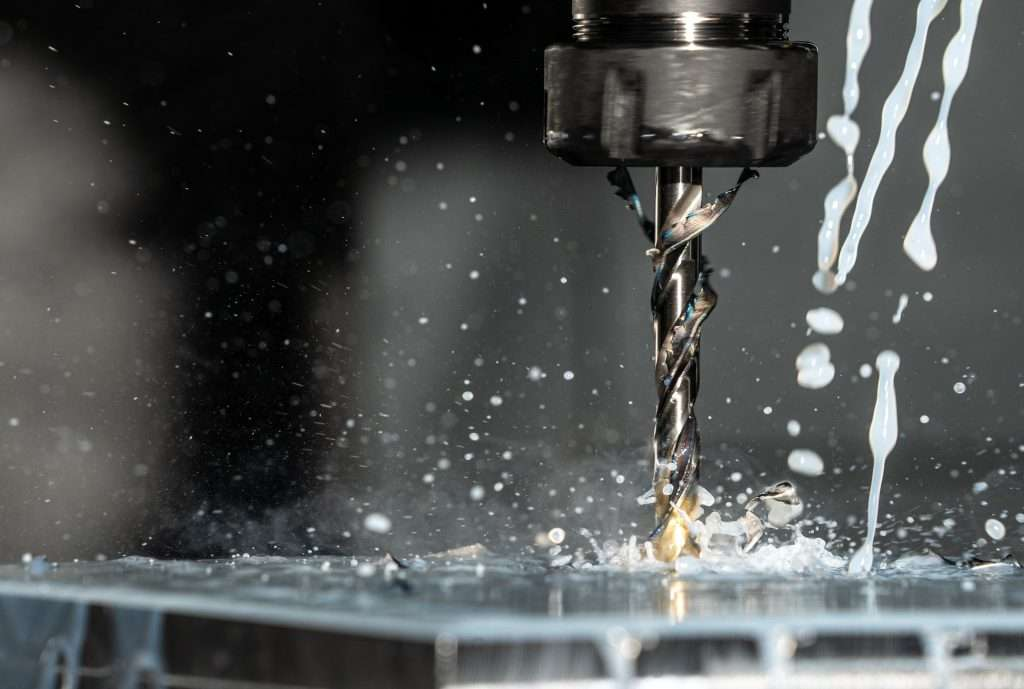CNC Machining of Engineering Plastics by TOP Prototype
TOP Prototype is a leading company in the field of precision manufacturing, and we specialize in the CNC machining of various engineering plastics. Our expertise and advanced equipment allow us to deliver high-quality plastic components with exceptional accuracy and efficiency. Let’s explore some common engineering plastics and their characteristics, along with the machining considerations we employ at TOP Prototype.
Acrylonitrile Butadiene Styrene (ABS)
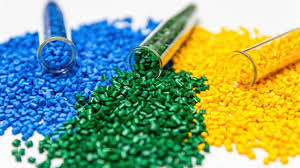
Introduction
ABS is a widely favored engineering plastic that is a copolymer of acrylonitrile, butadiene, and styrene. At TOP Prototype, we handle ABS regularly due to its versatile properties and ease of processing.
Characteristic
Mechanical Properties: It exhibits good impact resistance, moderate strength, and stiffness. This makes it an excellent choice for applications where the part may experience some mechanical stress or handling, like the housing of electronic devices or toys. Our experience has shown that ABS can withstand reasonable amounts of external forces without easily breaking or deforming, ensuring the durability of the final product.
Thermal Properties: ABS has a relatively good heat resistance compared to some other common plastics, with a glass transition temperature (Tg) typically around 100°C. However, we are cautious when using it in high-temperature environments for extended periods to maintain its integrity.
Processability: It is highly processable, which is one of the reasons we value it. At TOP Prototype, we can easily machine ABS using various techniques. It can be drilled, milled, and turned with precision to produce complex shapes, meeting the diverse design requirements of our clients. –
Dimensional Stability: ABS has good dimensional stability. This means that the parts we machine from ABS are likely to maintain their size and shape over time, within certain temperature and humidity ranges. Our strict quality control measures ensure that the dimensional accuracy of ABS parts meets the highest industry standards.
Machining Points at TOP Prototype
Tool Selection: For CNC machining of ABS, we at TOP Prototype commonly use high-speed steel or carbide tools. Carbide tools are our preference for longer tool life and better surface finish, especially when machining larger quantities of parts. We carefully select the tool geometry with a sharp cutting edge to minimize the generation of heat and stress on the material, ensuring smooth and accurate machining.
Cutting Parameters: We employ a relatively high cutting speed to achieve a smooth surface finish. However, we closely monitor to avoid excessive speed that could lead to melting of the material at the cutting edge. The feed rate is adjusted according to the part geometry and the desired surface quality. For finer finishes, we may use a lower feed rate. The depth of cut is also precisely controlled to avoid excessive tool deflection and ensure dimensional accuracy, maintaining our reputation for high-quality manufacturing.
Cooling and Chip Removal: Since ABS can soften and melt easily, at TOP Prototype, we use an effective cooling method. Air cooling or a light mist of coolant is used to dissipate heat and prevent the material from sticking to the tool. We have implemented efficient chip evacuation systems to ensure good chip removal. This is crucial to avoid re-cutting of chips and ensure a clean machining process, resulting in consistent and reliable part quality.
Finishing: ABS can be further finished by sanding, polishing, or painting at TOP Prototype. Sanding is used to remove any machining marks, and polishing can give a glossy finish. Painting provides color and additional protection to the part, enhancing its aesthetic and functional properties. Our finishing processes are carried out with meticulous attention to detail to meet the specific requirements of our customers.
Polycarbonate (PC)
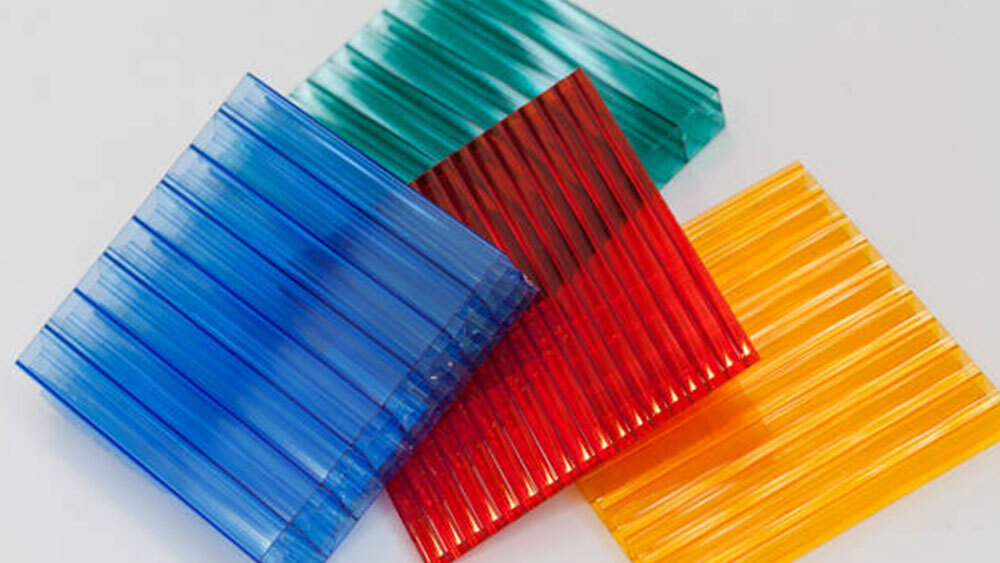
Introduction
Polycarbonate is a high-performance engineering plastic that we at TOP Prototype recognize for its outstanding properties. It is known for its excellent transparency, high strength, and good impact resistance.
Characteristics
Optical Properties: It has exceptional transparency, with a light transmittance of up to 89%. This makes it the go-to material for applications where visibility is crucial, such as in the manufacture of lenses for headlights, glasses, and display screens. At TOP Prototype, we have successfully produced numerous precision optical components using polycarbonate, leveraging its superior optical clarity.
Mechanical Properties: PC has high tensile strength, flexural strength, and impact resistance. It can withstand significant mechanical stress without breaking or deforming easily, making it suitable for applications that require durability and safety, like in the automotive and construction industries. Our engineers are well-versed in designing and machining parts that take full advantage of PC’s mechanical capabilities.
Thermal Properties: It has a relatively high glass transition temperature (Tg) of around 145°C, which means it can maintain its mechanical properties at higher temperatures compared to some other plastics. However, we are vigilant about its use above its Tg to prevent degradation. At TOP Prototype, we carefully manage the processing temperatures to ensure the integrity of the material.
Dimensional Stability: PC has good dimensional stability under normal operating conditions. However, we understand that it can be affected by temperature and humidity changes. Therefore, we maintain strict control over the storage and processing conditions to ensure dimensional accuracy. Our advanced manufacturing environment and processes are designed to minimize any potential variations in the dimensions of PC parts.
Machining Points at TOP Prototype
Tool Selection: Due to the hardness and toughness of PC, at TOP Prototype, we recommend carbide tools with a positive rake angle and a sharp cutting edge. Diamond-coated tools are also used for extremely precise machining or when a very high surface finish is required.
We ensure that the tools are designed to minimize heat generation during machining, as PC is sensitive to heat and can deform or crack if overheated. Our tool selection process is based on extensive experience and knowledge to optimize the machining process.
Cutting Parameters: We use a moderate to low cutting speed to reduce heat generation. A higher feed rate is employed to ensure efficient chip removal. The depth of cut is carefully controlled to avoid excessive tool loads and potential damage to the workpiece.
When machining thin-walled parts or parts with complex geometries, we exercise even more caution to prevent deformation. Our skilled technicians closely monitor and adjust these parameters to achieve the best results, maintaining the high quality that TOP Prototype is known for.
Cooling and Lubrication: Adequate cooling and lubrication are essential during CNC machining of PC at TOP Prototype. We use a continuous stream of coolant, preferably a water-soluble coolant with good cooling and lubricating properties, to keep the tool and workpiece cool and to reduce friction. This helps to prevent the material from melting, cracking, or developing stress marks, ensuring the smooth and accurate production of PC parts.
Finishing: PC parts can be polished to a high gloss finish at TOP Prototype to enhance their optical and aesthetic properties. We use special polishing techniques and abrasives to achieve a smooth and clear surface.
Additionally, anti-scratch coatings can be applied to improve the durability of the part, especially in applications where it may be subject to abrasion. Our finishing processes are designed to meet the highest standards of quality and appearance, adding value to the final product.
Polyoxymethylene (POM)
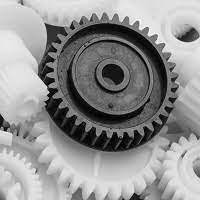
Introduction
Polyoxymethylene is a thermoplastic engineering plastic that TOP Prototype values for its excellent mechanical properties, low friction coefficient, and good dimensional stability. It is widely used in the manufacturing of gears, bearings, slides, and other precision mechanical parts.
Characteristics
Mechanical Properties: POM has high strength, stiffness, and hardness, comparable to some metals in certain applications. It has excellent fatigue resistance, making it ideal for parts that undergo repeated loading and unloading. At TOP Prototype, we have utilized POM to produce durable and reliable mechanical components that can withstand the rigors of continuous operation. Its low friction coefficient and good wear resistance also make it perfect for moving parts that require smooth operation and long service life.
Thermal Properties: It has a relatively high melting point of around 165°C and a narrow melting range. It can operate in a moderate temperature range but may degrade at higher temperatures. We at TOP Prototype carefully manage the processing temperatures to ensure the material’s properties are maintained. POM has good dimensional stability over a wide temperature range, which is crucial for the production of precise parts with tight tolerances.
Chemical Resistance: POM has good resistance to most organic solvents, oils, and greases. However, it is susceptible to degradation in strong acidic or alkaline environments. Therefore, we take care when using it in such conditions. At TOP Prototype, we have the knowledge and experience to select the right POM grades and processing methods to ensure the best performance in different application scenarios.
Dimensional Stability: It has excellent dimensional accuracy and stability, allowing us at TOP Prototype to produce precise parts with tight tolerances. This property is essential for applications where the fit and function of components are critical, such as in mechanical transmissions and precision instruments. Our advanced manufacturing processes and quality control systems ensure that the dimensional accuracy of POM parts meets the most demanding requirements.
Machining Points at TOP Prototype
Tool Selection: Carbide tools are the most suitable for machining POM at TOP Prototype due to its hardness and abrasiveness. We ensure that the tool has a sharp cutting edge and a proper rake angle to reduce cutting forces and prevent the material from being pushed rather than cut. For high-precision machining, we use tools with very small tolerances and good surface finish. Our tool selection is based on extensive testing and experience to optimize the machining process and achieve the best results.
Cutting Parameters: A moderate cutting speed is typically used to balance tool life and surface finish. We carefully adjust the feed rate to achieve a smooth surface, especially for parts with high precision requirements. The depth of cut is controlled based on the part geometry and the machine’s capabilities. When machining small or thin features, we use a shallower depth of cut to avoid tool breakage and ensure dimensional accuracy. Our technicians are trained to optimize these parameters to ensure consistent quality and efficiency.
Chip Removal: POM produces fine, stringy chips that can be difficult to manage. At TOP Prototype, we have implemented effective chip removal systems, such as vacuum or blower-assisted chip evacuation, to prevent chip accumulation and ensure a clean machining environment. We also optimize the tool geometry to promote better chip flow and breakage, improving the overall machining process and part quality.
Finishing: POM parts can be left with a natural matte finish or polished to a higher gloss if desired at TOP Prototype. However, we are careful during the polishing process as excessive polishing may reduce the part’s dimensional accuracy due to material removal. Therefore, we closely control the polishing process to achieve the desired surface finish while maintaining dimensional integrity. In some cases, a surface treatment such as an anti-static coating may be applied to prevent the accumulation of static electricity, which can be a problem in certain applications. Our finishing operations are designed to enhance the functionality and appearance of the POM parts, meeting the specific needs of our customers.
Conclusion
In conclusion, at TOP Prototype, we have extensive experience and expertise in the CNC machining of engineering plastics. By understanding the unique characteristics of each material and implementing the appropriate machining techniques, we can produce high-quality plastic parts with precision and efficiency.
Whether it’s for the electronics, automotive, medical, or other industries, our CNC machining capabilities for engineering plastics offer a wide range of solutions to meet the diverse needs of our customers.
We are committed to providing reliable and customized manufacturing services, leveraging our knowledge and technology to deliver exceptional products that exceed expectations.

